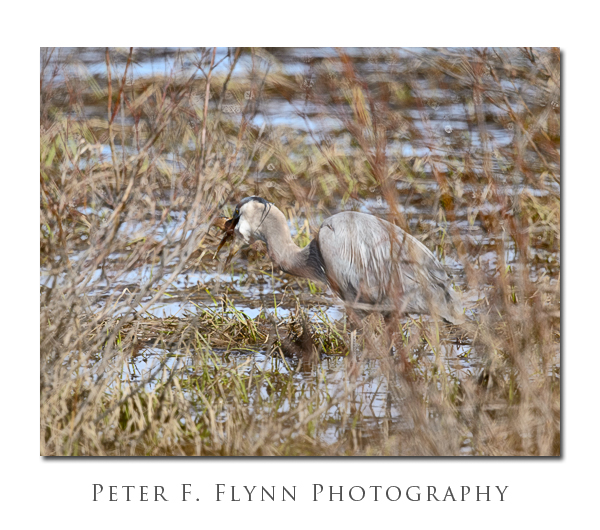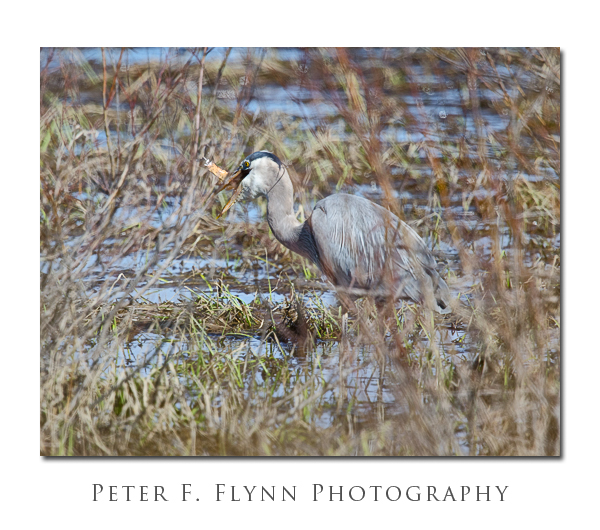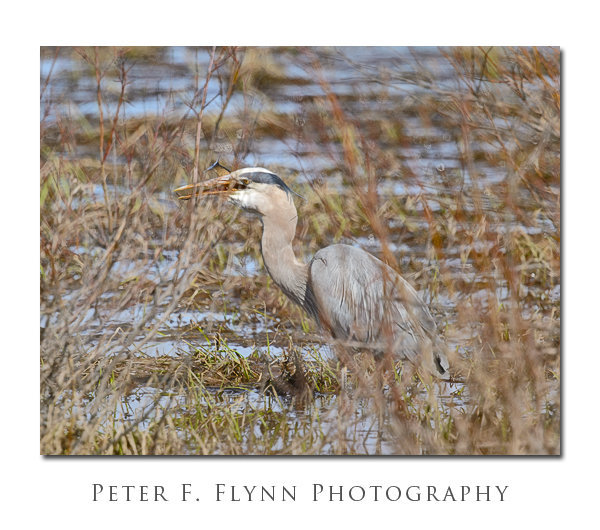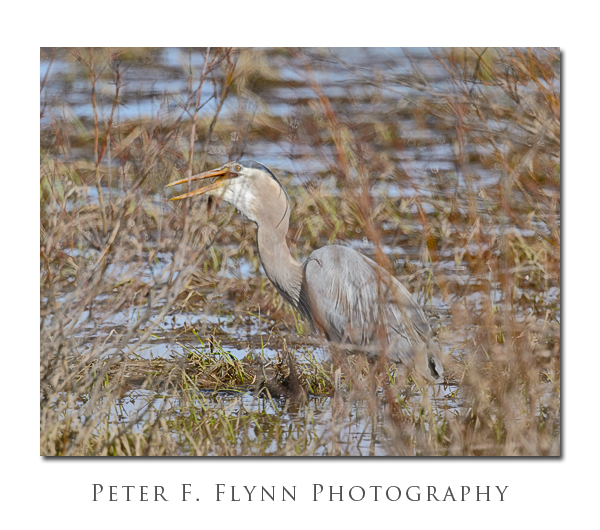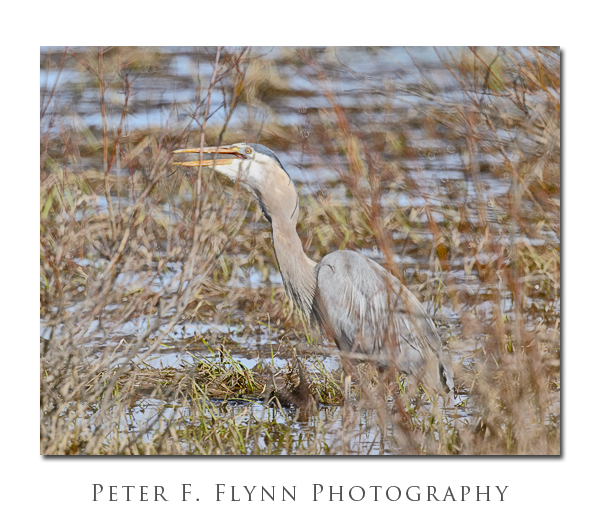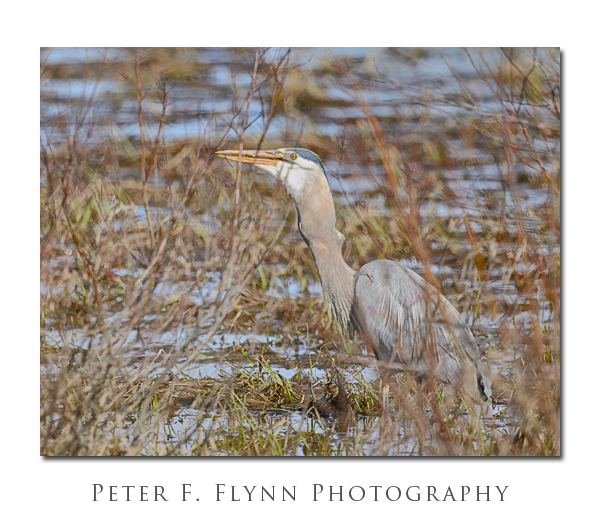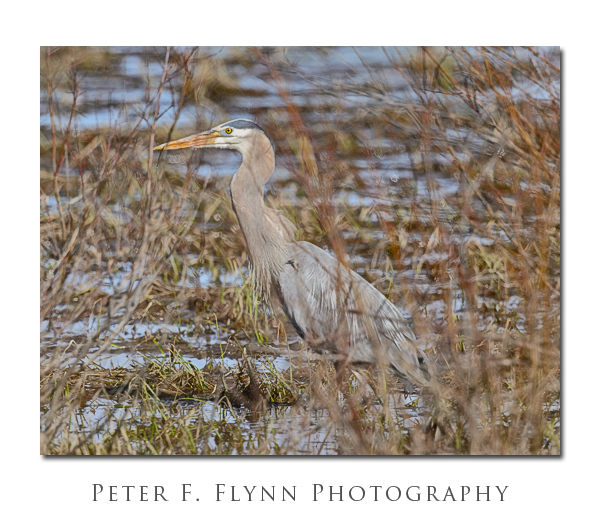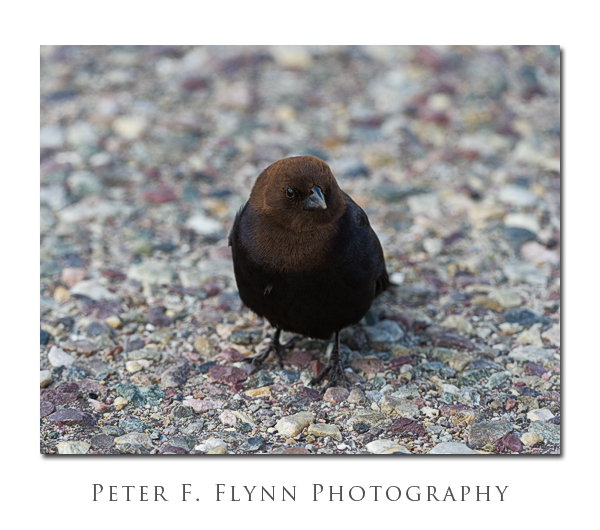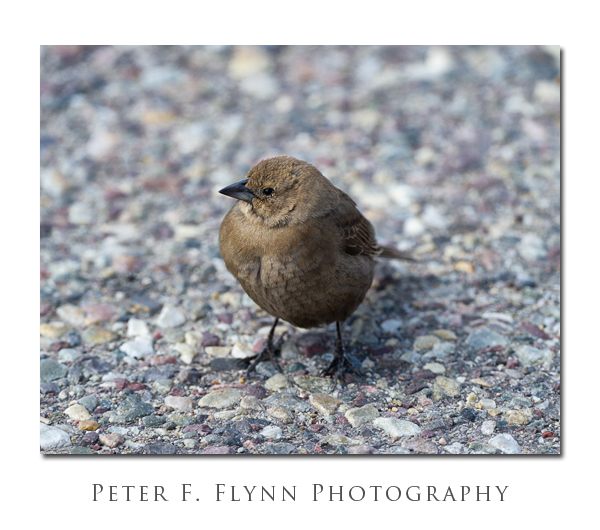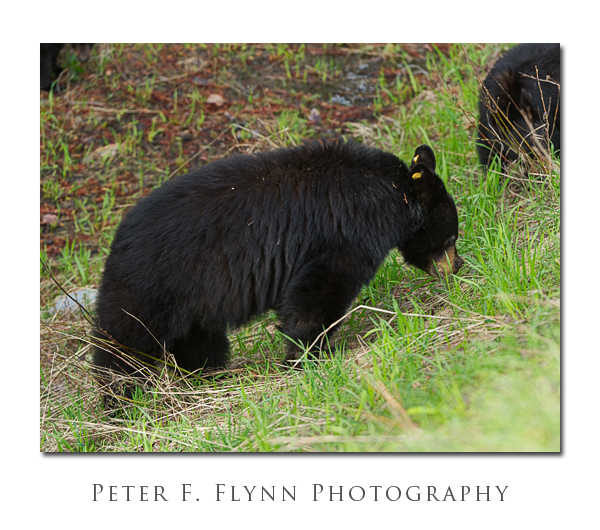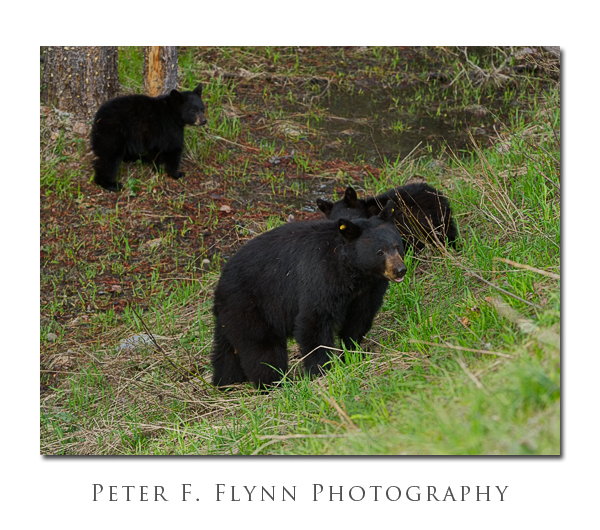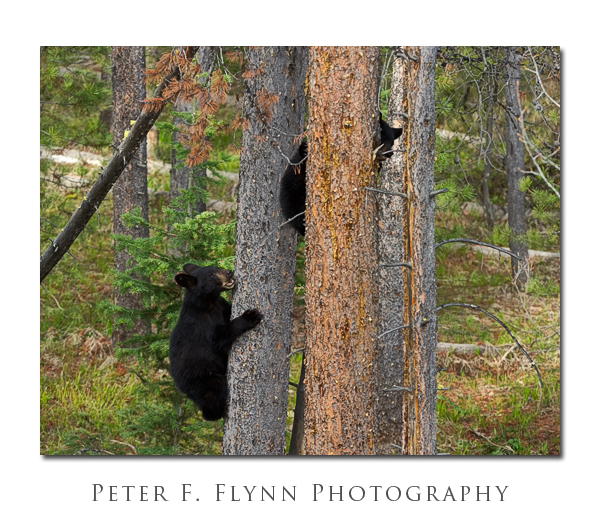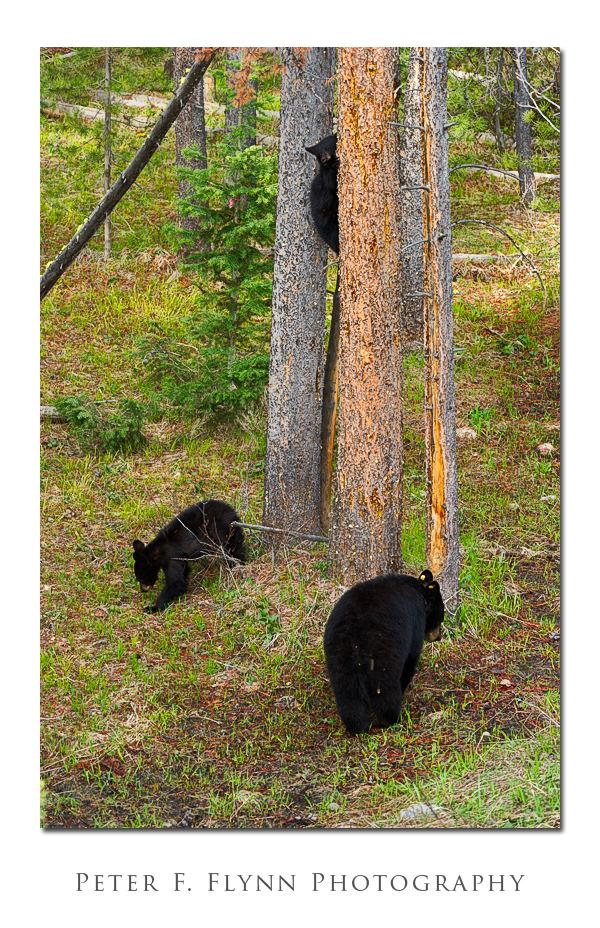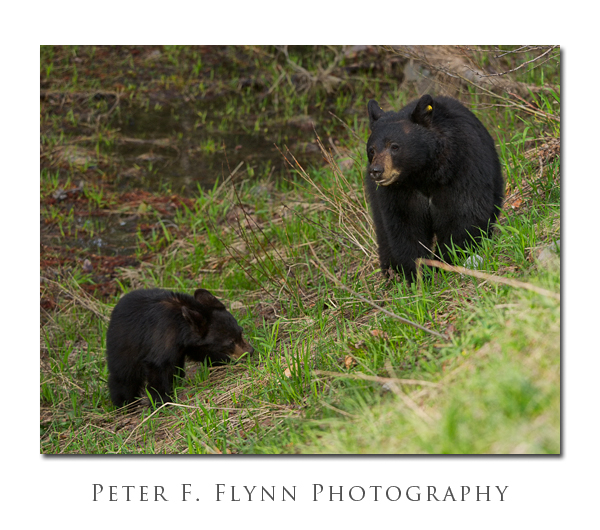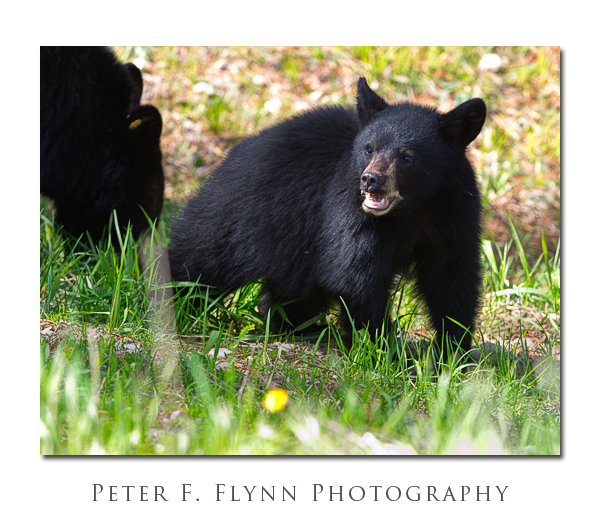While travel along the Jackson Hole Highway near Oxbow Bend, we encountered a Great Blue Heron fishing in the Snake River. Due to its unique geographical location as a wide shallow bend in the Snake River, Oxbow Bend is a target-rich environment for photographers. During the spring, Moose, Deer, Coyote, Coots, Cranes, Grebes, Herons, Pelican, and many smaller birds can all readily be observed here.
The fishing strategy of the Great Blue Heron, Ardea herodias, involves a slow wadding stealth walk. When a fish is spotted the long sharp beak snaps shut around the fish and holds it securely. The fish is then swallowed hole. The quarry here is the much-sought-after Yellowstone Cutthroat Trout (Oncorhynchus clarkii bouvieri).
In the this sequence of images, we observe the entire process, from capture through consumption. The result…one well-fed Heron, and one less Snake River Cutthroat Trout.
Images in this entry were recorded at ~18:00 MDT on June 2, 2011, using the Nikon D700 and the AF-S NIKKOR 600mm f/4G ED VR lens with the AF-S Teleconverter TC-14E II – that’s 1275mm effective. Processing included capture sharpening using PhotoKit Sharpener, blending the blue channel into the red channel in luminosity blending mode, followed by contrast enhancement of the red and green channels using curves adjustments again in luminosity mode to preserve the native color balance. Additional contrast enhancement was applied using Nik Viveza 2 and light edge darkening was applied using Nik Color Efex Pro 3.
For additional information on the Great Blue Heron, interested readers are encouraged to refer to the following resources:
All About Birds: http://www.allaboutbirds.org/guide/great_blue_heron/id
NatGeo Wild Animals: http://animals.nationalgeographic.com/animals/birds/great-blue-heron/
Peterson Guides: http://www.houghtonmifflinbooks.com/peterson/
Sibley Guides: http://www.sibleyguides.com/about/the-sibley-guide-to-birds/
Wikipedia Page: http://en.wikipedia.org/wiki/Great_Blue_Heron
Copyright 2011 Peter F. Flynn. No usage permitted without prior written consent. All rights reserved.
